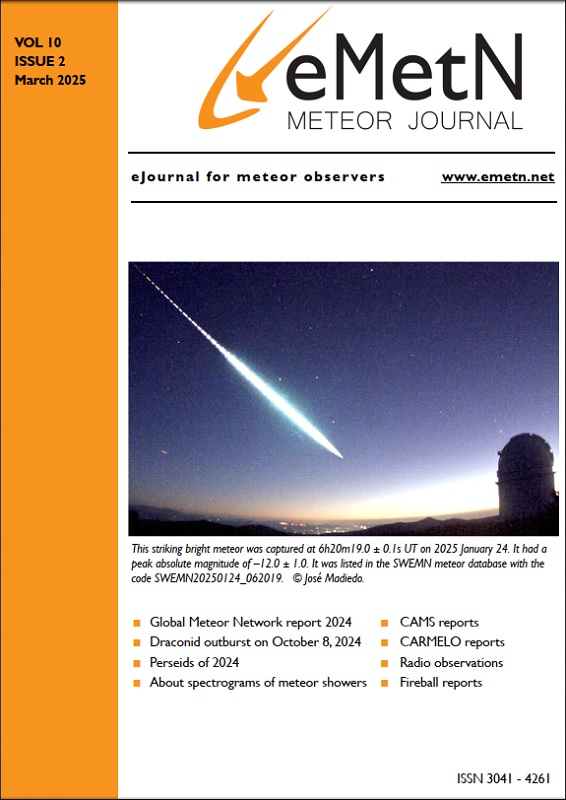Meteor Activity Outlook for 13-19 January 2018
During this period the moon will reach its new phase on Wednesday January 17th. At that time the moon will lie near the sun and will be invisible at night. This weekend the waning crescent moon will rise during the early morning hours but will not interfere with meteor observing.
Read More
